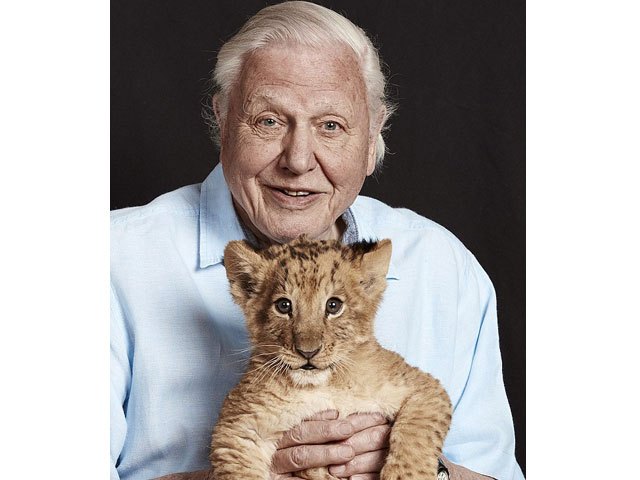
SYDNEY: A tiny "kitten-sized" marsupial lion that roamed Australia's ancient rainforests some 18 million years ago has been named after veteran British naturalist David Attenborough.
The fossil remains of the "microleo attenboroughi" were found in the Riversleigh World Heritage Area -- believed to be one of the most significant fossil deposits in the world -- in remote north-western Queensland state some years ago by palaeontologists from Sydney's University of New South Wales.
"It's around about the size of a grey squirrel... maybe a little bit bigger than kitten-sized," UNSW palaeontologist Anna Gillespie told AFP on Friday, adding that the new species was estimated to weigh about 600 grams (21.2 ounces) and was smaller than other members of an extinct marsupial lion family.
India cows get glow-in-the-dark horns to stop crashes
"It was probably living and hunting in the treetops and probably hunting small insects and small invertebrates like lizards, frogs and birds," she said of the discovery, which has been detailed in the Palaeontologia Electronica journal.
The "microleo attenboroughi" had teeth that included "an elongate, lethally sharp, knife-like premolar in front of basined molar", which is a feature of the other marsupial carnivores in the family.
Gillespie said the extinct lion would have lived in a hot and wet climate, adding that the "incredibly rich" diversity of animals found in Riversleigh was nearly the equivalent of the mammal diversity currently seen in Borneo in Southeast Asia.
The extinct lion was named after Attenborough as the conservation icon and BBC legend has long been a champion of the significance of Riversleigh, Gillespie added.
Uproar as Australian state bans greyhound racing
"He's been up to the area and done filming of the area. He's actually counted it as probably one of the four top fossil sites in the world because of the diversity and the fact that it's given us an insight into the changes in the Australian environment and animals over such a big time period," she said.
Fossil specimens by the UNSW team in Riversleigh have ranged between 1.9 million years and 24 million years old, Gillespie said.















































COMMENTS
Comments are moderated and generally will be posted if they are on-topic and not abusive.
For more information, please see our Comments FAQ